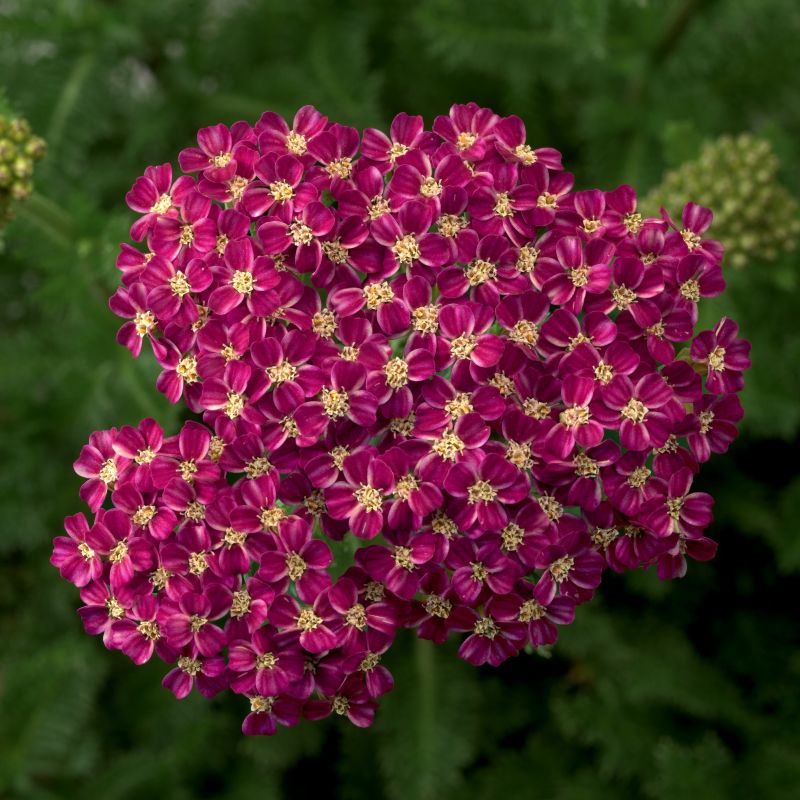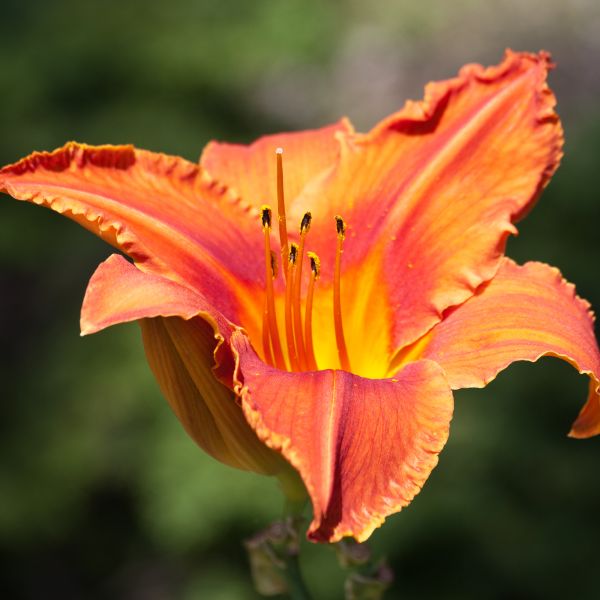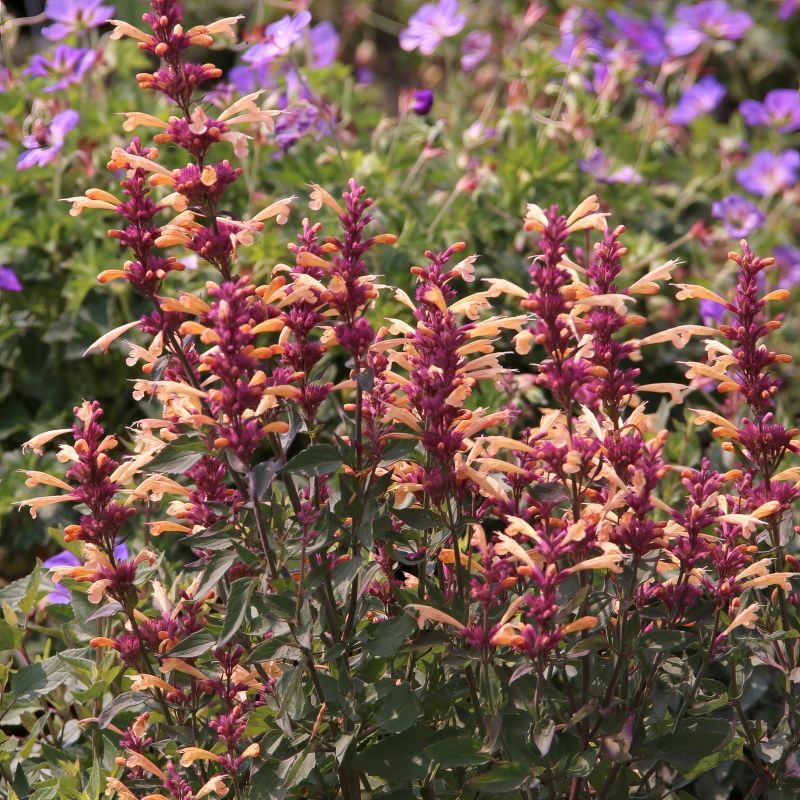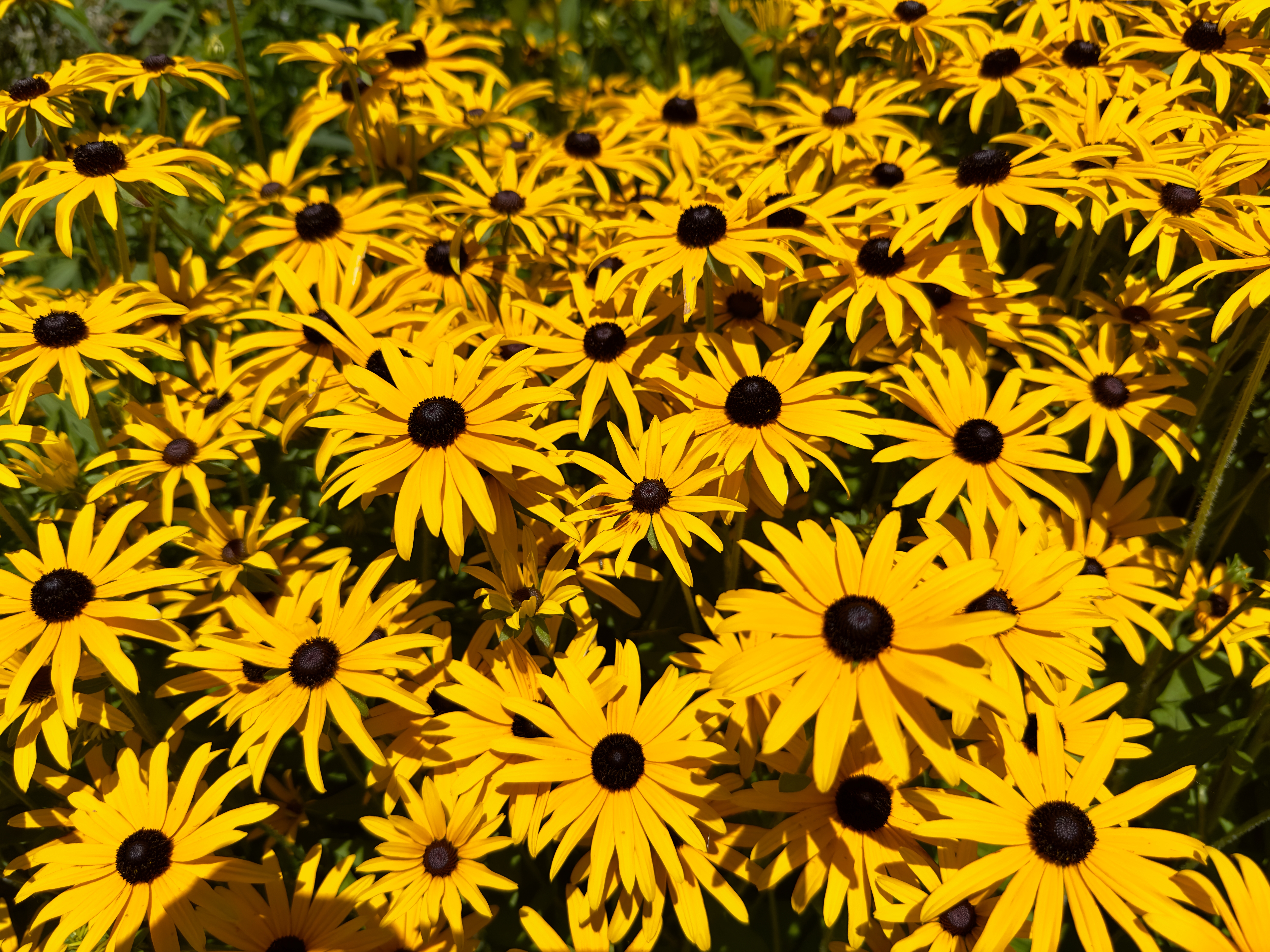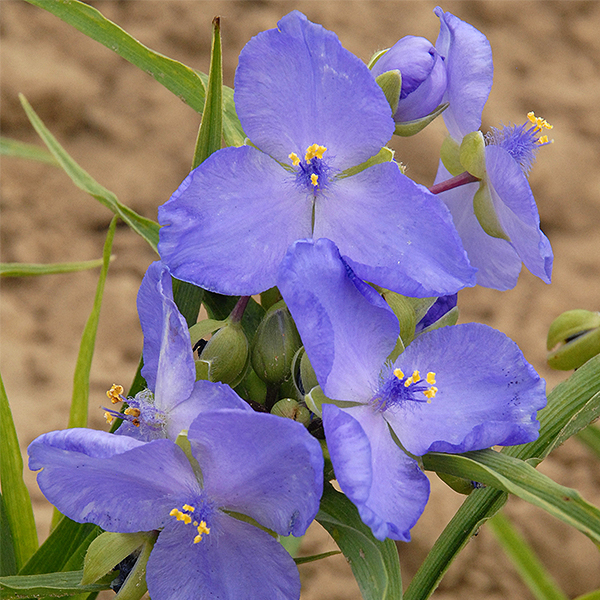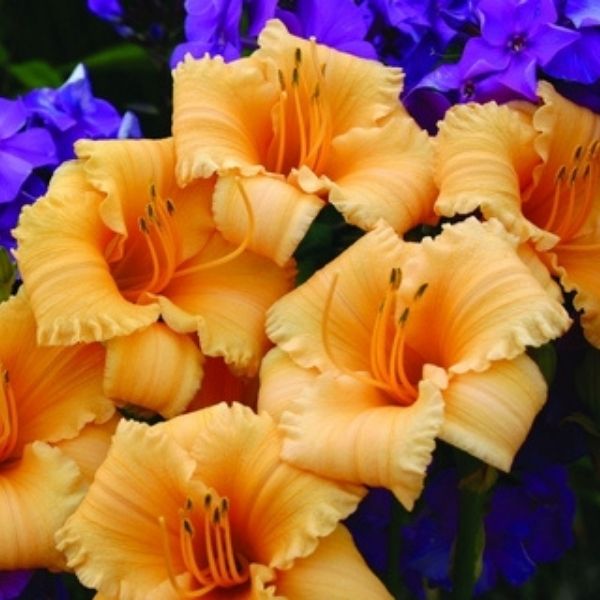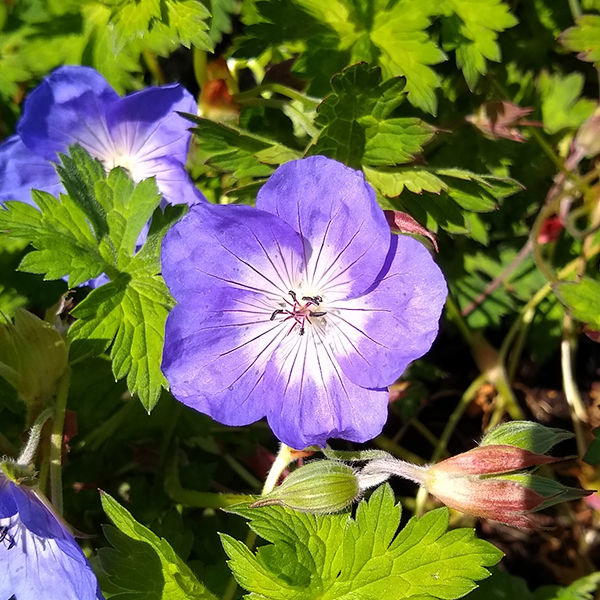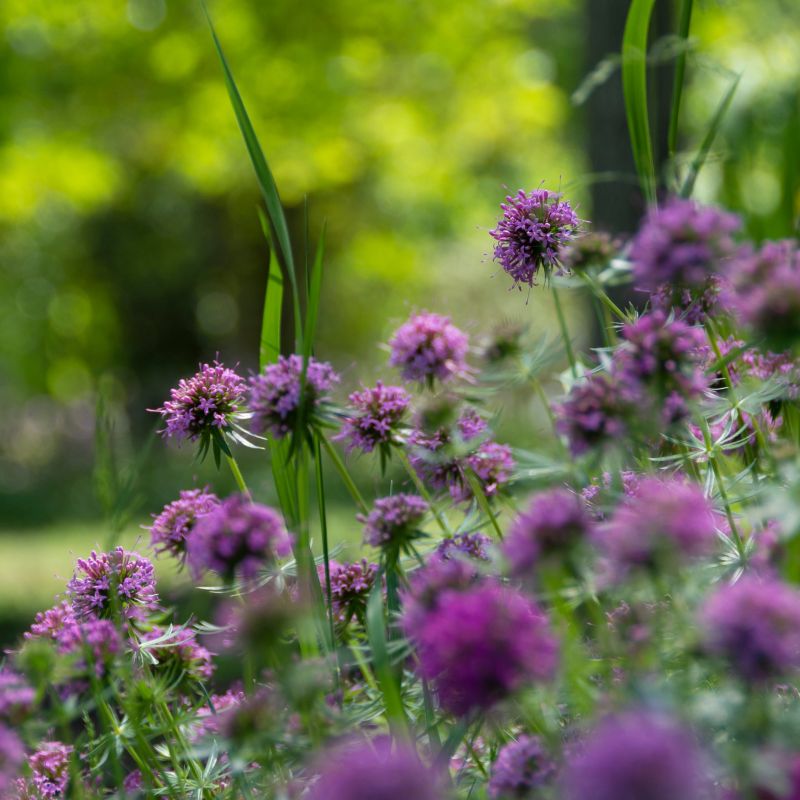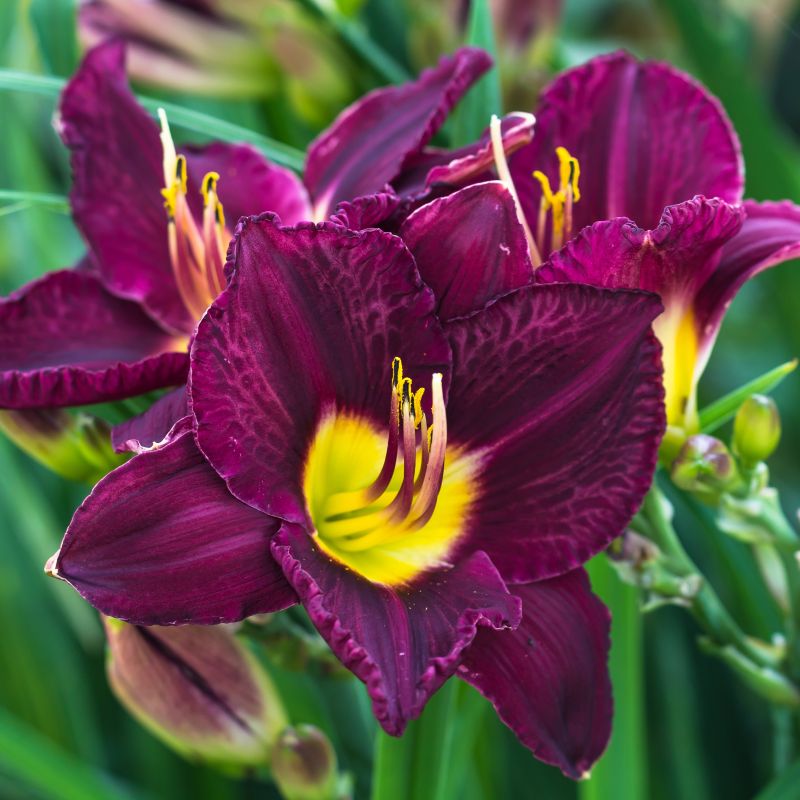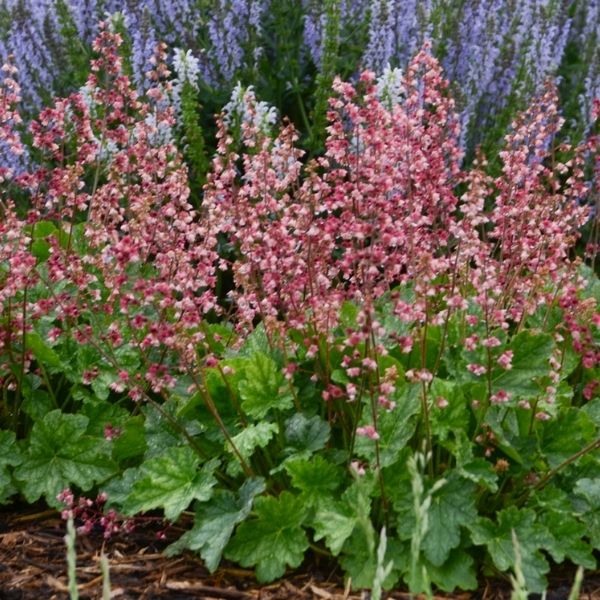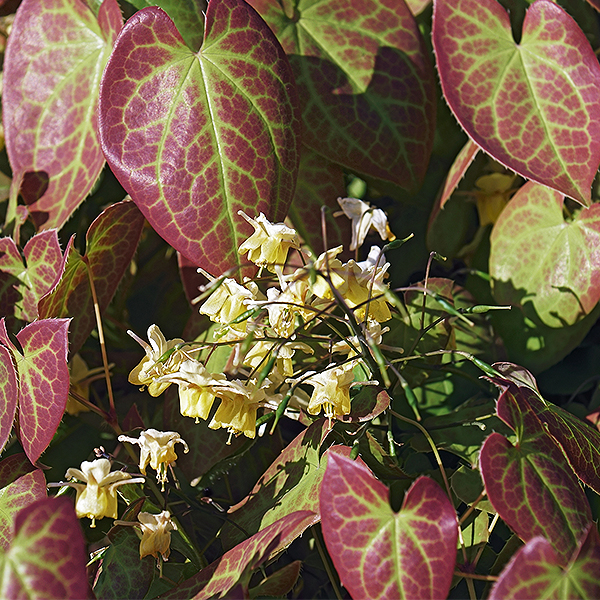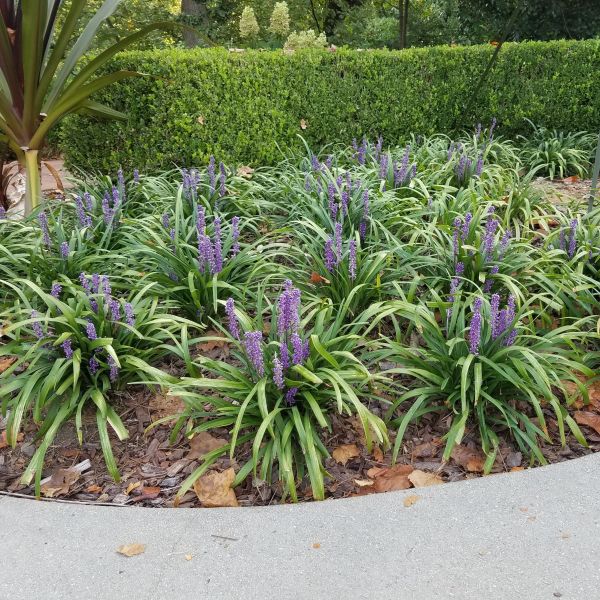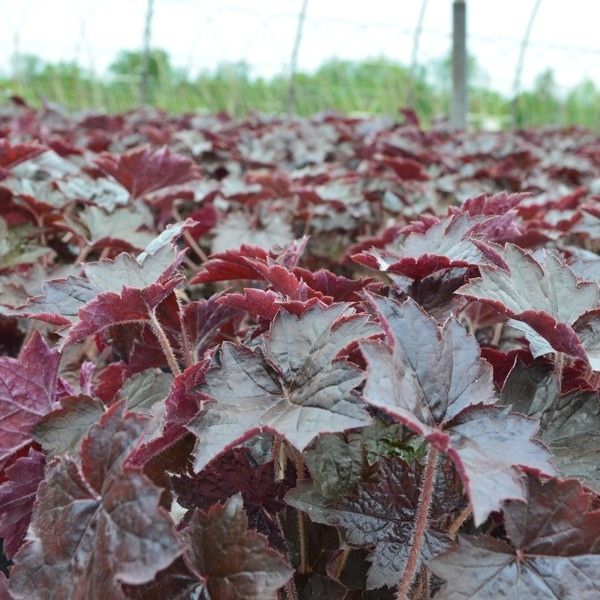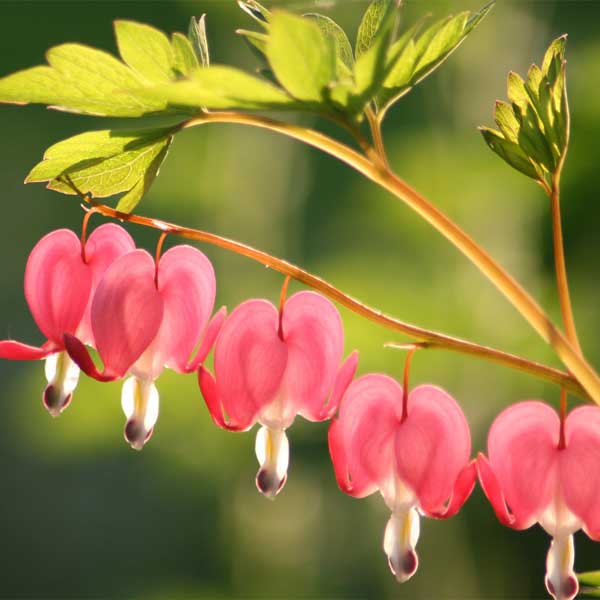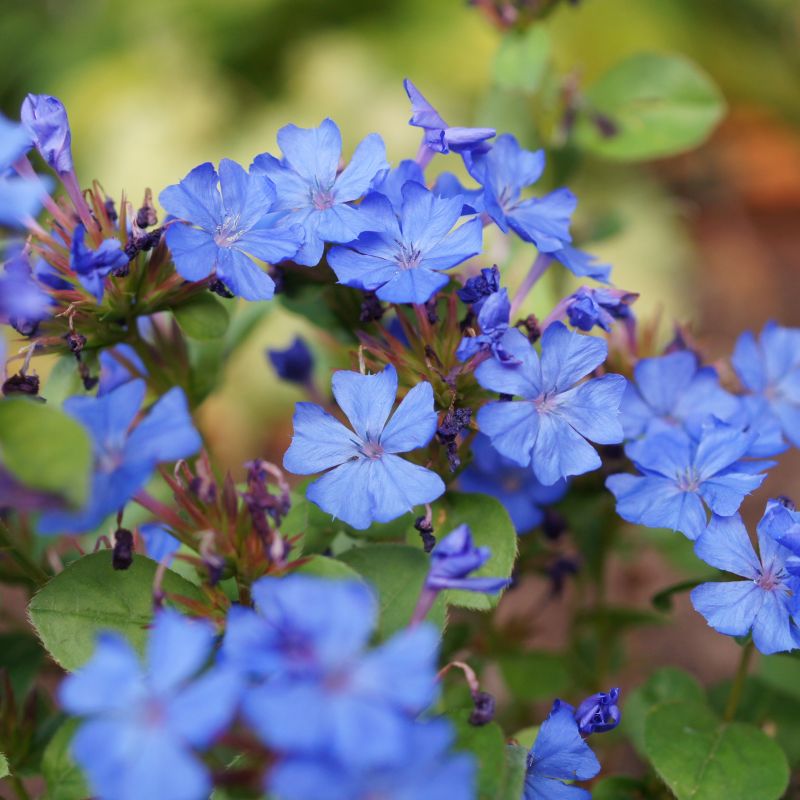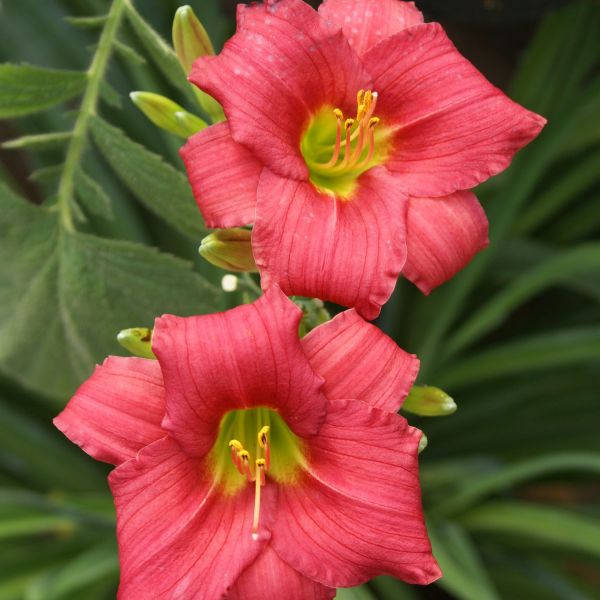
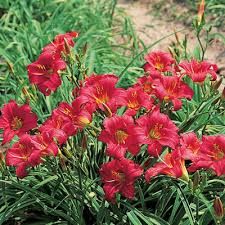
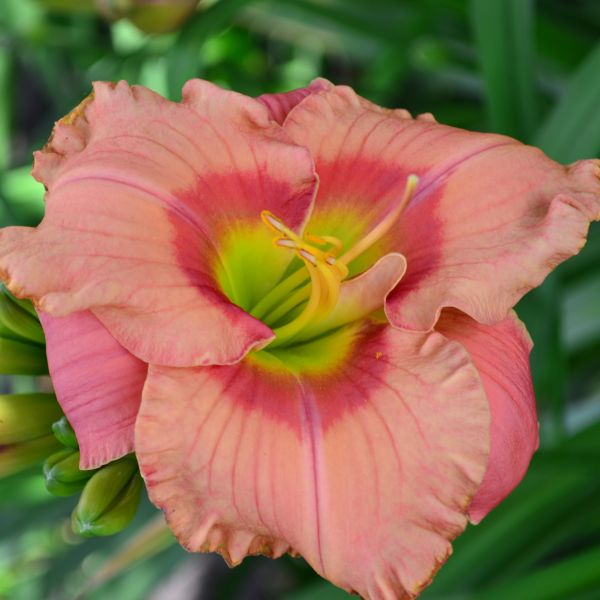
Little Business Daylily
Hemerocallis 'Little Business'
42 reviews
Little Business Daylily
Hemerocallis 'Little Business'
42 reviews
1 Gallon
We are sorry, product is currently out of stock due to seasonal availability. Please check the "Related plants available in your area" section below
Not just beautiful - intentionally selected by ShrubHub's 3D landscape design team to fit real-world spaces and maximize yard potential.
Why Little Business Daylily?
Little Business Daylily is a compact variety of daylily with small, bright yellow flowers that bloom profusely from mid to late summer. It grows only 12-18 inches tall, making it perfect for smaller gardens or planting in containers. Little Business Daylily requires little maintenance and will thrive in full sun to partial shade with regular watering. This plant adds a cheerful pop of color to any landscape design.
Related plants available in your area
Sunlight
The Little Business Daylily requires full sun to partial shade conditions.
Watering
Little Business Daylily plants require regular watering, with the soil being kept consistently moist but not waterlogged. They prefer well-drained soil and benefit from weekly deep watering during the summer months.
Fertilizing
Little Business Daylilies require a balanced fertilizer with a nitrogen (N), phosphorus (P), and potassium (K) ratio of 10-10-10. It is important to fertilize these daylilies once in early spring and again in late summer to promote healthy growth and bloom
Embark on Blooming Ventures with Little Business Daylily: Your Garden's Entrepreneur of Elegance
Step into a garden world of entrepreneurship with the captivating Little Business Daylily. This botanical trailblazer is a testament to nature's ingenuity, promising to elevate your landscape with its entrepreneurial spirit and elegant charm.
The Little Business Daylily is your garden's savvy CEO, its vibrant blooms are a testament to its floral acumen. Picture a garden where each petal unfurls like a success story, weaving a narrative of beauty and resilience that captivates all who pass by.
The charming Little Business Daylily orchestrates a symphony of growth, embodying the art of cultivating success with each vibrant bloom. Watch as these blooms rise to prominence, creating a visual portfolio of nature's entrepreneurship.
Whether standing alone or mingling in flowerbeds, the Little Business Daylily thrives in various garden settings, adapting effortlessly to your landscape's ambitions. Its versatile charm ensures your garden remains a canvas of floral innovation, showcasing the daylily's entrepreneurial prowess.
For wildlife lovers, the Little Business Daylily will enrich your garden's ecosystem, attracting pollinators and fostering a thriving environment of collaboration and growth. Its presence ignites a partnership between beauty and nature's rhythms, turning your landscape into a blooming hub of creativity.
Unveil the dynamic charm of the Little Business Daylily in your garden and let your landscape bloom with nature's ingenious spirit. Order now and let the Little Business Daylily be the visionary leader of your outdoor oasis.
Plant Information:
| Botanical Name: | Hemerocallis 'Little Business' |
| USDA Zones: | 3 - 9 |
| Water: | Moderate |
| Exposure: | Full Sun |
| Soil Needs: | Widely Adaptable |
| Mature Height: | 16 inches |
| Mature Spread: | 15 - 18 |


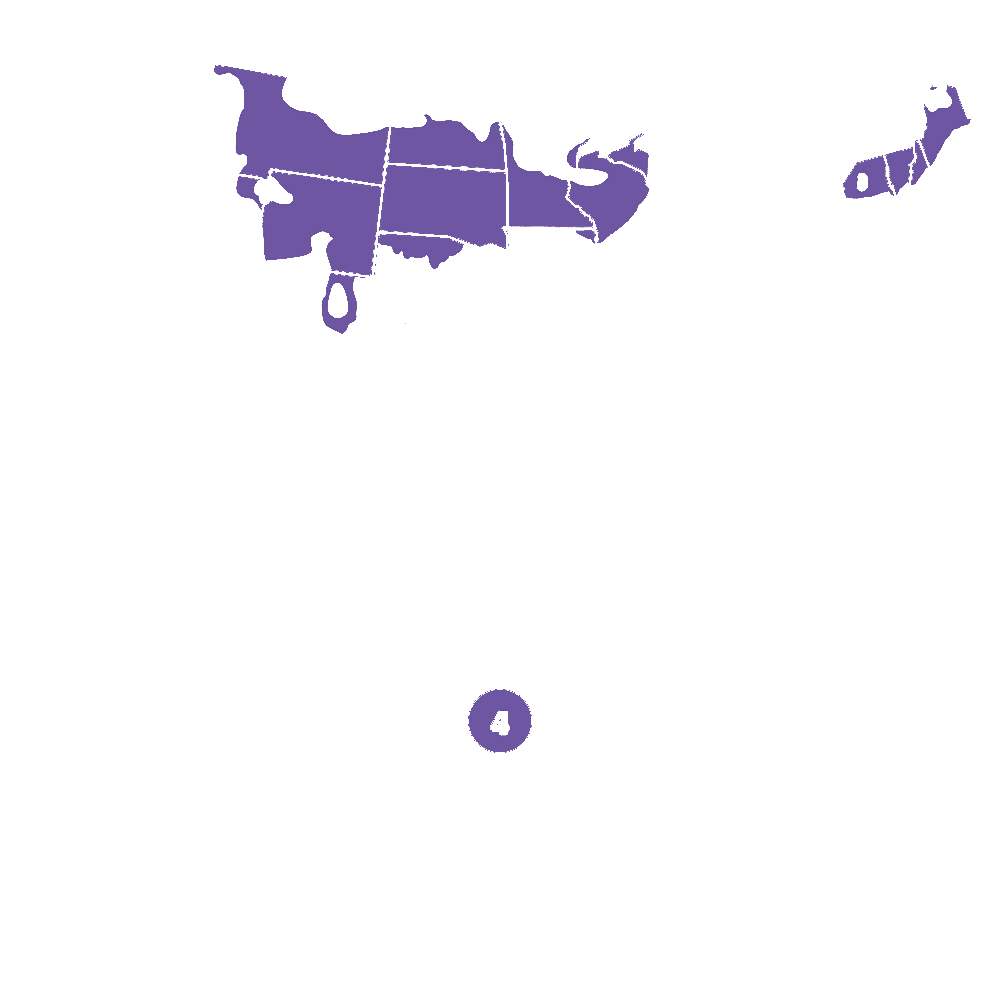

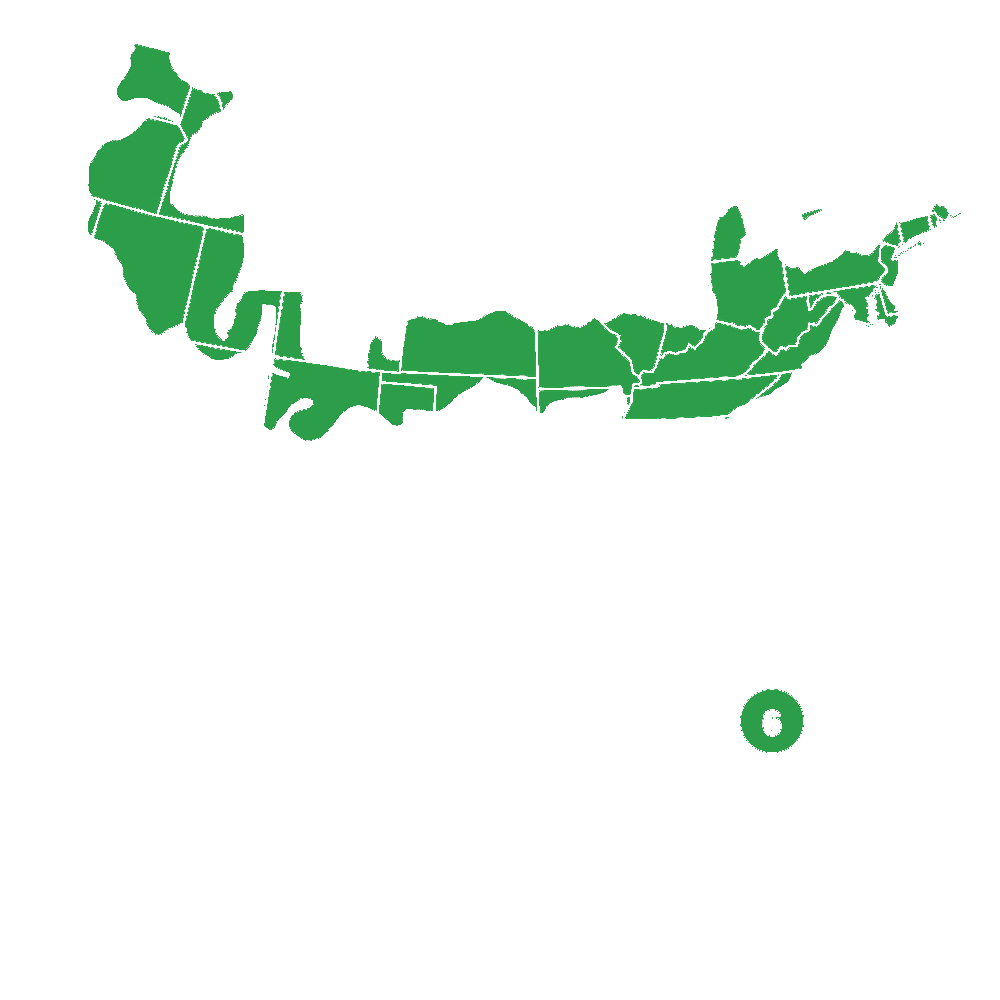

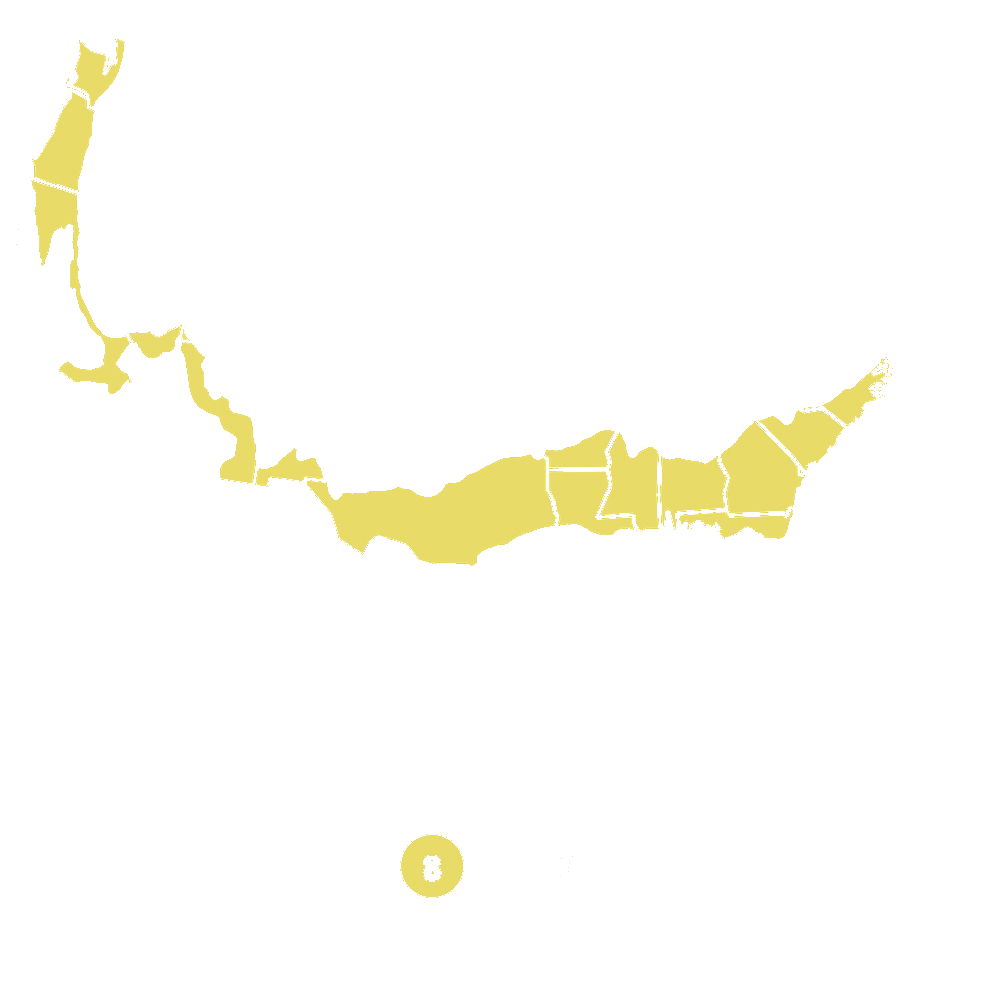

Pollination Info
Little Business Daylily (Hemerocallis 'Little Business') Pollination Info
The Little Business Daylily (Hemerocallis 'Little Business') is a perennial flower that requires pollination to produce seeds. This plant is capable of self-pollination, but cross-pollination by insects, mainly bees, is more effective for seed production and genetic diversity.
Pollination Process
During the process of pollination, the pollen from the anthers of the Little Business Daylily's flowers is transferred to the stigma of the same flower or a different one. The stigma contains the female reproductive organs and the pollen contains the male reproductive cells. The transfer of pollen from the anther to the stigma can occur through wind, water, or insects.
Preferred Pollinators
Insects are the preferred pollinators for the Little Business Daylily, as they can promote cross-pollination, which helps to increase genetic diversity of the species. Bees, butterflies, and moths are the most common visitors to the Little Business Daylily, and they are attracted to the bright colors and fragrant scent of the flowers.
Pollination Benefits
The pollination process is essential for the reproduction and survival of the Little Business Daylily. It helps to ensure that the plant produces viable seeds, which can grow into new plants. Pollination also provides genetic diversity, which promotes better adaptation to environmental changes and can improve the overall health of the population.
Factors Affecting Pollination
Several factors can affect the pollination of the Little Business Daylily, including environmental factors such as temperature, humidity, and wind speed. The availability of pollinators and the timing of their activity can also affect the pollination process. Adequate moisture and nutrition can also improve pollination success.
Care Tips
To promote pollination and seed production in the Little Business Daylily, it is essential to provide adequate growing conditions. This includes regular watering, fertilization, and mulching. To attract pollinators, it is also recommended to plant other flowering plants nearby, and to avoid using pesticides which can harm beneficial insects.
FAQ
Little Business Daylily (Hemerocallis 'Little Business') FAQs
What is a Little Business Daylily?
The Little Business Daylily (Hemerocallis 'Little Business') is a perennial flowering plant that produces striking red and yellow blooms. It is a dwarf variety that typically grows to be around 12-15 inches tall.
When does the Little Business Daylily bloom?
The Little Business Daylily blooms in mid to late summer, typically in July or August.
How often do I need to water my Little Business Daylily?
The Little Business Daylily prefers well-draining soil and needs to be watered regularly, especially during hot and dry periods. However, be careful not to over-water as it can lead to root rot.
What type of soil does the Little Business Daylily need?
The Little Business Daylily prefers moist, well-draining soil that is rich in organic matter. They can tolerate a range of soil types, but it's best to avoid soil that is very sandy or heavy clay.
How do I care for my Little Business Daylily?
To care for your Little Business Daylily, make sure it receives enough sunlight and water. Deadhead spent blooms to encourage more flowers to grow. Fertilize once or twice a year with a balanced fertilizer. In the fall, trim back any dead foliage and mulch around the base of the plant to protect it during the winter.
Can I grow the Little Business Daylily in a container?
Yes, the Little Business Daylily can be grown in a container as long as it is large enough to accommodate the plant's root system and well-draining soil is used.
Is the Little Business Daylily deer-resistant?
While no plant is completely deer-resistant, the Little Business Daylily is generally considered to be deer-resistant due to its bitter taste and texture. However, if deer are very hungry or there is little other food available, they may still eat the plant.
Can I divide my Little Business Daylily?
Yes, the Little Business Daylily can be divided every 3-4 years in the early spring or fall. Dig up the plant and gently separate the clumps, being careful not to damage the roots. Replant the divisions in well-prepared soil with plenty of compost.
Will the Little Business Daylily attract bees and butterflies?
Yes, the Little Business Daylily is attractive to both bees and butterflies, making it a great addition to any pollinator-friendly garden.
Planting & Care
Planting & Care for Little Business Daylily (Hemerocallis 'Little Business')
Planting
- Choose a location with well-draining soil and full sun to partial shade (at least 6 hours of direct sunlight per day).
- Dig a hole twice the width of the root ball and deep enough so that the top of the root ball is level with the soil surface.
- Add compost or well-rotted manure to the bottom of the hole and mix with the soil.
- Place the plant in the hole and backfill with soil, gently firming the soil around the plant.
- Water thoroughly to settle the soil around the roots.
Care
- Water regularly, especially during the first growing season, to keep the soil consistently moist but not waterlogged.
- Apply a balanced, slow-release fertilizer in early spring and again in mid-summer according to package instructions.
- Remove spent flowers to encourage continuous blooming.
- Divide daylilies every 3-4 years in early spring or after flowering to maintain vigorous growth and prevent overcrowding.
- Watch for pests such as thrips, spider mites and aphids, and treat promptly with insecticidal soap or neem oil if necessary.
With proper care, Little Business Daylily will provide beautiful blooms from mid-to-late summer.
Check Out These Verified Customer Reviews:
Customer Reviews
4.7 out of 5 based on 42 reviews
Thank you! Your review has been submitted.
Impressed with the variety of daylilies available. Will definitely order again.
I ordered daylilies from Little Business Daylily and was impressed by the quality of the plants. The website was easy to navigate, and my order arrived quickly with great customer service.
Well packaged, no damage during shipping
Item has been added to your cart.




